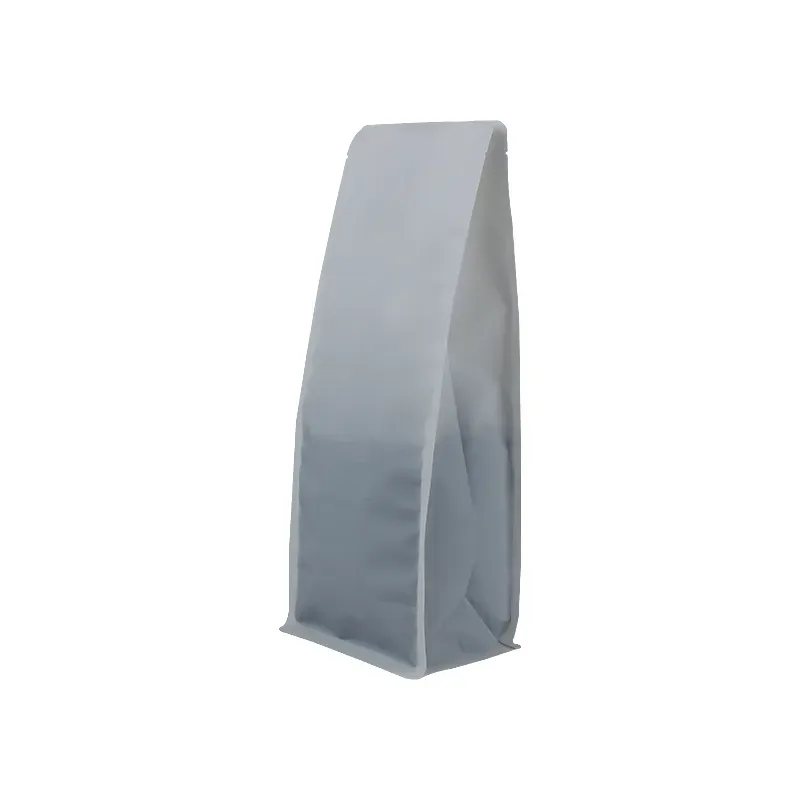- Afrikaans
- Albanian
- Amharic
- Arabic
- Armenian
- Azerbaijani
- Basque
- Belarusian
- Bengali
- Bosnian
- Bulgarian
- Catalan
- Cebuano
- chinese_simplified
- chinese_traditional
- Corsican
- Croatian
- Czech
- Danish
- Dutch
- English
- Esperanto
- Estonian
- Finnish
- French
- Frisian
- Galician
- Georgian
- German
- Greek
- Gujarati
- haitian_creole
- hausa
- hawaiian
- Hebrew
- Hindi
- Miao
- Hungarian
- Icelandic
- igbo
- Indonesian
- irish
- Italian
- Japanese
- Javanese
- Kannada
- kazakh
- Khmer
- Rwandese
- Korean
- Kurdish
- Kyrgyz
- Lao
- Latin
- Latvian
- Lithuanian
- Luxembourgish
- Macedonian
- Malgashi
- Malay
- Malayalam
- Maltese
- Maori
- Marathi
- Mongolian
- Myanmar
- Nepali
- Norwegian
- Norwegian
- Occitan
- Pashto
- Persian
- Polish
- Portuguese
- Punjabi
- Romanian
- Russian
- Samoan
- scottish-gaelic
- Serbian
- Sesotho
- Shona
- Sindhi
- Sinhala
- Slovak
- Slovenian
- Somali
- Spanish
- Sundanese
- Swahili
- Swedish
- Tagalog
- Tajik
- Tamil
- Tatar
- Telugu
- Thai
- Turkish
- Turkmen
- Ukrainian
- Urdu
- Uighur
- Uzbek
- Vietnamese
- Welsh
- Bantu
- Yiddish
- Yoruba
- Zulu
Ways to Determine the Measurements of an Object or Space
How to Find the Dimensions of an Object
Understanding the dimensions of an object is crucial in various fields, from engineering and architecture to art and science. Dimensions refer to the measurable extents of an object, typically described in terms of length, width, height, and sometimes depth. This article outlines various methods for determining the dimensions of an object, whether it be simple or complex.
1. Direct Measurement
The most straightforward way to find the dimensions of an object is through direct measurement. For small, solid objects, using a ruler or tape measure is often sufficient. Here’s how to do it
- Length Place the ruler or tape measure alongside the object and note the measurement from one end to the other. - Width Measure across the object at its widest point. - Height If applicable, measure from the base to the top of the object.
For irregularly shaped objects or those with curves, it may be challenging to find the precise dimensions. In these cases, dividing the object into simpler geometric shapes can facilitate measurement.
2. Using Calipers
For more accuracy, particularly with smaller items or objects with fine details, calipers can be utilized
. Calipers, which can be digital or analog, provide precise measurements of length, width, and depth.- External Measurement For overall dimensions, place the caliper around the object and read the measurement. - Internal Measurement If you need to measure the inside dimensions, use the inner jaws of the caliper. - Depth Measurement The depth gauge can help measure any recesses or holes in the object for a complete analysis.
3. Volume Calculation for 3D Objects
how to find the dimensions

When dealing with three-dimensional objects, calculating the volume can also aid in determining dimensions. The formula for volume varies depending on the shape of the object
- Cube Volume = Side × Side × Side - Rectangular Prism Volume = Length × Width × Height - Cylinder Volume = π × Radius² × Height - Sphere Volume = (4/3) × π × Radius³
Once the volume is known, you can manipulate these formulas to derive unknown dimensions, provided you have at least some known measures.
4. Using Technology
In today’s digital age, several technological tools can help find dimensions. Laser measuring devices are popular for quickly obtaining accurate dimensions without the need for physical contact. Some advanced models can even create 3D models of objects, showing detailed dimensions across different axes.
Additionally, apps and software can measure dimensions using photographs or projections. Some smartphones have built-in measuring capabilities that utilize augmented reality, allowing you to measure dimensions with a simple movement of the camera.
5. Professional Tools and Techniques
In situations where precision is paramount—such as engineering or architecture—professionals may use advanced tools like coordinate-measuring machines (CMM) or 3D scanners. These devices can capture the complex geometries and dimensions of objects with high precision, providing a wealth of data for analysis.
6. Conclusion
Finding the dimensions of an object is a fundamental skill that can be performed using various methods, from simple tools like rulers and calipers to sophisticated technology. The choice of method depends on the type and complexity of the object, as well as the required precision. By understanding and employing these techniques, you can accurately measure dimensions, which is essential in many practical applications. Whether you are an artist seeking to create accurate proportions, an engineer designing a new tool, or a student conducting science experiments, knowing how to find dimensions opens the door to productive and innovative work.













